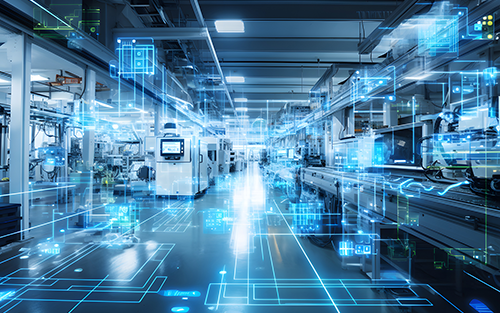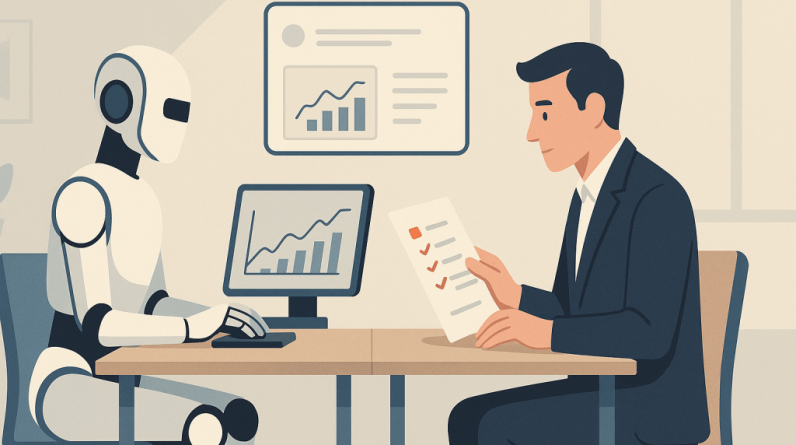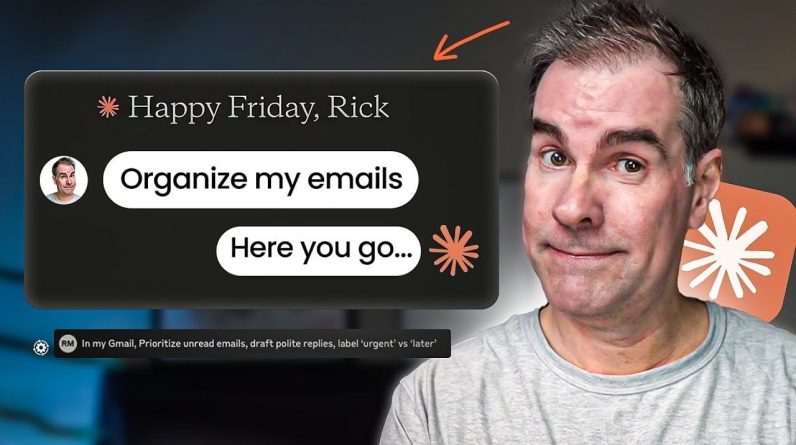One of the limitations of much of the current future of work conversation is the very underlying assumption that we will still spend the majority of time doing paid work in the future.
Between the ‘This CEO wants everyone back in the office’ and ‘Eight jobs of the future you’ve never heard of’ articles, there’s a missing, maybe more interesting, conversation about the changing conditions happening both at the edges and in the mainstream, that might lead to some very different work futures emerging.
Changing attitudes to work
Many of the younger generation feel gaslit by the unfulfilled promises of the hustle of generations before. Historic measures of financial health and ‘success’ (savings, a pay cheque that covers the essentials, home ownership) feel like they’re slipping further and further away from their grasp.
The anti-work movement has gathered momentum online since 2020; there is a Reddit channel followed by 2.7 million people dedicated to the topic. The movement argues that many of today’s jobs aren’t necessary and that workers should self-organise and only work as much as is necessary, rather than being wage slaves to excess capital creation. The pandemic drew a lot more attention to this topic, when the realities of essential work were highly visible, and constructs of flexibility and work conditions suddenly came undone.
Whilst anti-work is still more of a sub-culture, we are seeing increasing mainstream regulation to protect workers’ right to disconnect, or “right to rest” as it’s called in Portugal. More than 20 countries around the world either have an active right to disconnect law, or a proposal in discussion. This, along with multiple four-day work week experiments, are examples of how legislation and organisational design are starting to adapt to a rising disillusionment about the sustainability of the last few decades of work culture.
Climate change
During 2023’s heatwave, outdoor attractions such as zoos in the US changed their opening hours to avoid extreme heat conditions; opening in the early morning and closing after lunchtime.
A key point of last year’s strikes and union negotiations by UPS workers was protecting drivers from extreme heat. Workers had already become ill, or died, as a result of working on hot days without air conditioning in their delivery vans. The unions were successful; workers received a significant pay increase and a requirement for all vans to be air-conditioned.
It’s easy to dismiss the climate change impacts of work as only impacting tradies and other people who work outside. But could we see legislation where employers are not able to ask workers to come to offices if it means they have to travel on public transport in extreme temperatures? Or, would employers need to ensure that workers have appropriate cooling at home in order for them to be legally allowed to work remotely?
If some areas become uninhabitable for periods of the year, due to heat, fire, or flood risks, will employers have to allow their employees to work remotely for those periods of time? The Climate Council states that one in 25 Australian homes will be uninsurable by 2030. If people aren’t able to insure their homes in some areas, will we see them permanently or temporarily migrate elsewhere, and what does this mean for their ability to have secure work, if they have to live in more than one place every year?
Ageing and chronic disease
Birth and fertility rates are falling almost everywhere around the world. People are also living longer. This combination means that norms such as retirement ages may quickly become a thing of the past, as people either choose to, or need to, keep working into their 70s, 80s, or beyond.
The National Institute of Health in the US predicts that by 2050, the majority of adults over 50 years old will have at least one chronic health condition. Australian Treasury data reports that the rate of chronic disease in Australia is increasing. In 2020-21, nearly half of Australians of all ages (46.6%) had one or more chronic conditions, and 18.6% had two or more chronic conditions. More open conversations about health conditions such as menopause, endometriosis and adenomyosis, and mental health, may also mean that work design and flexibility will morph to become much more nuanced and personal than the false binary of remote or office work.
Workplaces and work design will likely need to change to accommodate the different needs of older workers and those with chronic health conditions. Will age and health discrimination simply disappear when almost everyone is old? Will we see workers freely able to adjust their tasks around their menstrual cycles?
Without becoming too Handmaid’s Tale, might we see countries or companies rewarding workers who have children for their contribution to future workers and a continuing economy? Maybe instead of being sidelined, workers might receive promotions or pay raises for becoming pregnant.
The unpaid domestic labour that currently often falls to women, may become financially recognised and therefore change the economic power dynamics in heterosexual couples and reduce poverty risk for older women. However, as current data shows that women are 35% more likely to be subject to domestic violence if they earn more money than their male partner, economic policy decisions will need to be met with more complex social and cultural shifts to avoid unintended consequences.
AI
Everyone’s favourite headline-hogging topic is already impacting how we work, albeit mostly in early experiments and big statements. IBM says they plan to replace 8,000 jobs by using AI. Buy-now-pay-later provider Klarna has revealed that they are experimenting with a customer service chatbot that they say can do the work of 700 people, which would save US$40 million per year in their outsourced customer service requirements.
On the other hand, IKEA made the strategic move to use AI to respond to easy customer inquiries, and retrained their call centre workers to be virtual interior designers. This new virtual interior design service brought in €1.3 billion of revenue in their 2022 financial year and upskilled a whole group of people at risk from AI job losses for a new career.
I don’t think we can fully imagine the longer-term impacts of AI on how we’ll live and work. In the same way, we couldn’t imagine today’s realities of social media or smartphones when they first came out. But there’s an interesting link between the potential productivity and economic gains of AI and the final change…
Universal basic income
Whilst the conversation about universal basic income (UBI) was louder during the pandemic, as some countries essentially undertook the biggest UBI experiments with financial relief packages to both individuals and businesses, it’s possibly even more relevant in our current AI age.
Over 160 UBI experiments have happened globally, according to the Stanford Basic Income lab. And they work; they pull people from poverty, help them find more stable full-time employment (rather than having to work multiple jobs), and improve health outcomes.
Of course, the cost of national UBI programs is high (although they also help reduce other costs, like healthcare and crime). But, if AI provides the promised gains in efficiency and productivity, does this mean that in the future people could work fewer hours, but still receive a full salary? A sort of quasi-UBI.
Suppose the profits from these extra efficiencies are taxed. In that case, governments may then be able to supplement a full UBI program, which offsets any job or industry losses from AI or other technologies, reduces our increasing wealth gaps, and may mean people can afford to retrain for their next career.
Are we entering our post-work era?
Many of these shifts could move us towards more of a ‘post-work’ future. What if the ‘one skill you need to be job-ready for the future’ is actually the ability to emotionally and physically divorce your identity and time from your paid work? The ability to structure your weeks around leisure activities and/or time in your community, rather than letting a lot of those things live as eternal regrets and desires because of the demands of your 9-5.
(And for some people, that’s possibly just as confronting as the robots taking over).
Of course, none of these futures will play out on their own, in a vacuum. They’ll be impacted by other changes, and layers of complexity, as society shifts and morphs over time. Inevitably there will be winners and losers as these changes play out, and they might be different winners and losers from what we’ve seen in previous generations. And, for every shift, there’s always a backlash. Whilst sometimes uncomfortable, it’s always worth considering what those backlashes and sabotages might look like, and who they might come from.
Maybe these futures feel ridiculous. That’s good. Futurist Jim Dator famously said that “any useful statement about the future should at first seem ridiculous”. It’s these conversations that expand our thinking, reveal the edges of our comfort zones, biases, and values, and move us towards action for tomorrow inspired by imagination today.
Steph Clarke is a futurist and facilitator based in Melbourne.







